Eggs are indispensable in baking due to their multifaceted roles that enhance texture, structure, flavor and appearance. Eggs serve multiple roles in baking—binding, leavening, moisture and richness. They can act as a leavening agent by incorporating air and expanding when heated. Additionally, eggs bind ingredients together, making batters and doughs more stable. They also add moisture and richness to baked goods. Eggs are a rich source of protein and one of the cheaper and more easily available alternatives when it comes to making baked goods. Eggs are a versatile and essential ingredient in baking, playing a key role in structure, texture, flavor, and overall quality of baked goods.
Let’s have a detailed look regarding the function of eggs in baking:
- Air Incorporation – When beaten, eggs, especially egg whites, trap air, creating a light and airy texture.
- Expansion – This trapped air expands in the oven, contributing to the rise of cakes, muffins, and other baked goods.
- Protein Coagulation – When heated, the proteins in eggs coagulate, creating a network that binds other ingredients together.
- Gluten-Free Baking – In gluten-free baking, eggs are a common binder to replace gluten, helping to prevent crumbly textures.
- Fat Content – The fat in egg yolks adds moisture and tenderness to baked goods.
- Water Retention – Eggs also help to retain moisture in baked goods, contributing to a softer and more palatable texture.
Lecithin in Yolk – Lecithin, found in egg yolks, is a natural emulsifier that helps to blend fats and liquids smoothly, resulting in smooth batters and sauces.
- Richness – Egg yolks contribute a distinct flavor and richness to baked goods.
- Color – They also add a beautiful golden hue to pastries and cakes.
6. Glazing
An egg wash, made by whisking eggs with a small amount of liquid, can be brushed onto pastries and bread before baking. This creates a glossy finish and promotes browning, adding to the visual appeal of the baked goods.
7. Shelf-Life Extension
The fat and moisture content in eggs help retain the freshness of baked items, extending their shelf life and preventing them from becoming stale too quickly.
COMMON EGG REPLACEMENTS
1. FLAX EGG
Use: Binding, some moisture
Ratio: 1 tbsp ground flaxseed + 3 tbsp water = 1 egg
Instructions: Mix and let sit 5–10 minutes to thicken
Best for: Cookies, muffins, brownies, quick breads
Not suitable for: Light-textured cakes or anything needing major lift

2. CHIA SEEDS
Use: Binding, moisture
Ratio: 1 tbsp chia seeds + 3 tbsp water = 1 egg
Instructions: Mix and let sit until gelatinous
Best for: Breads, pancakes, cookies
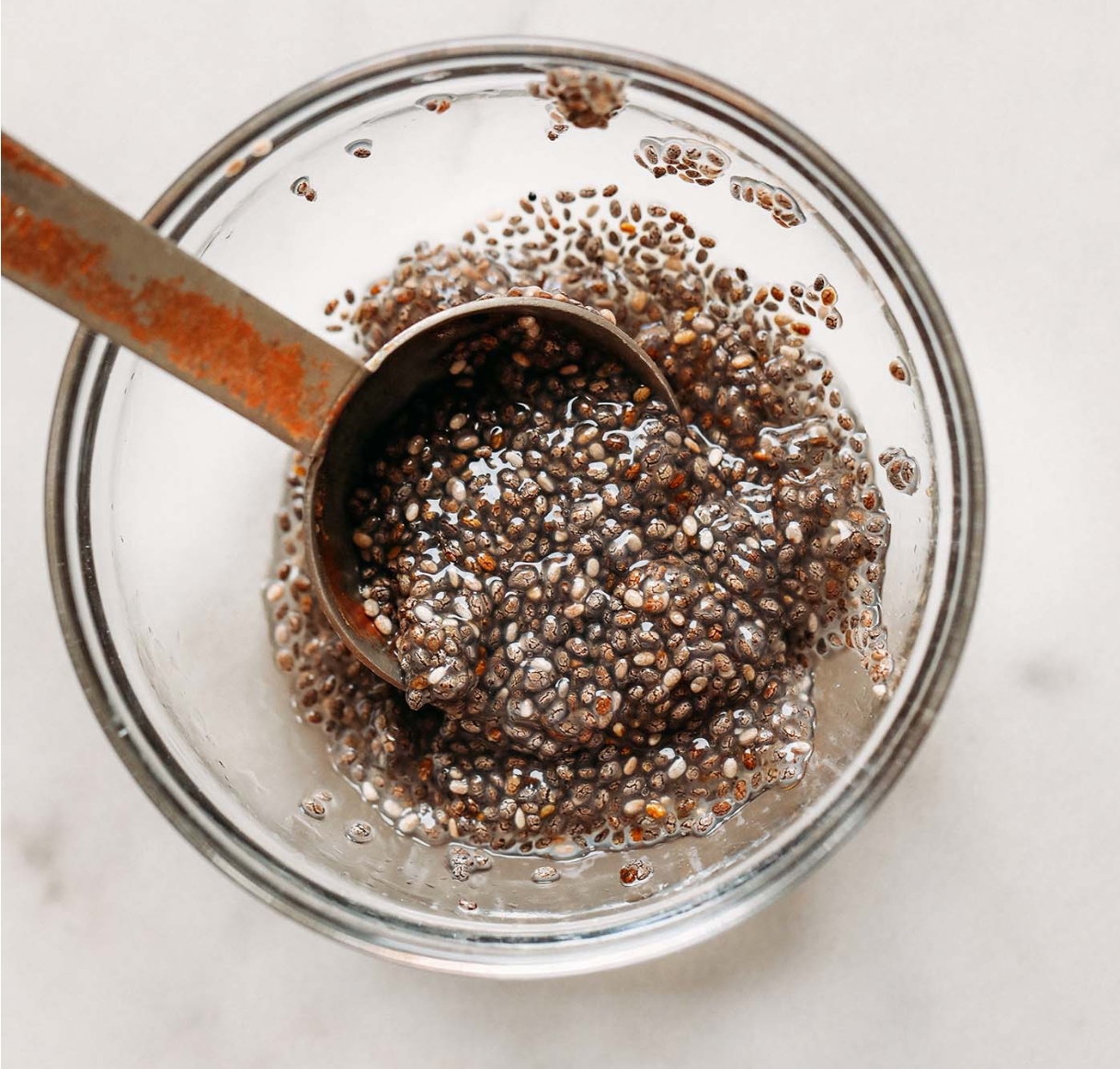
3. APPLESAUCE
Use: Moisture, binding
Ratio: 1/4 cup unsweetened applesauce = 1 egg
Best for: Brownies, cakes, muffins, cookies
Adds: Mild apple flavor, denser texture
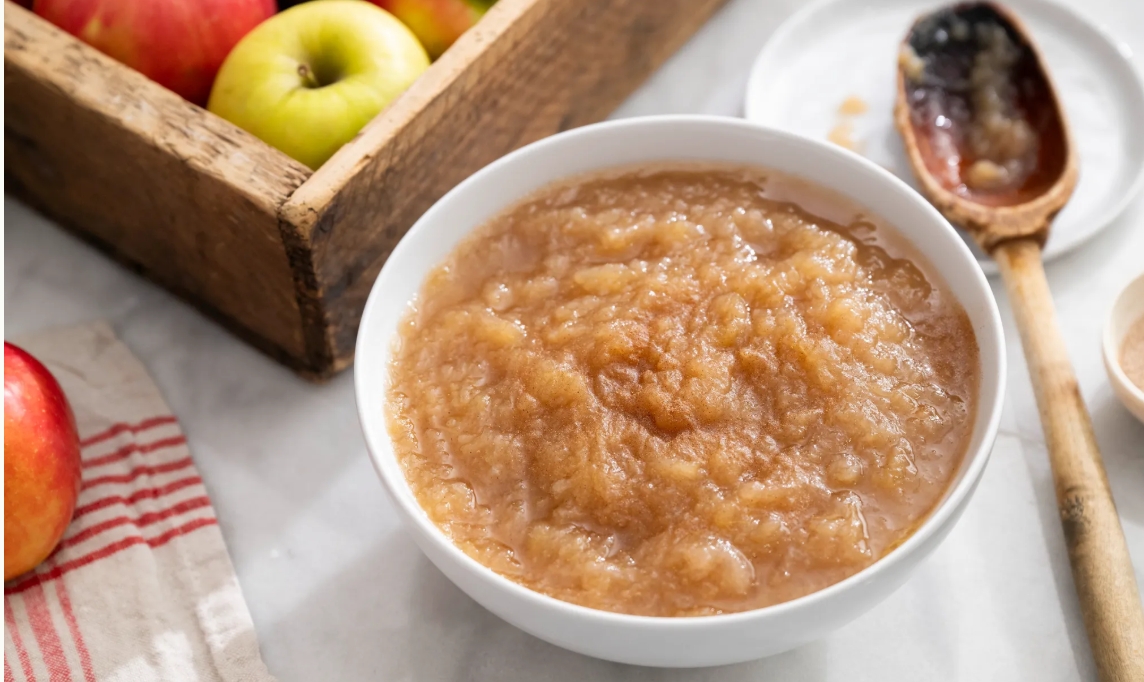
4. MASHED BANANA
Use: Moisture, binding
Ratio: 1/4 cup mashed banana = 1 egg
Best for: Muffins, pancakes, brownies, cakes, quick breads
Adds: Banana flavor, dense and moist texture
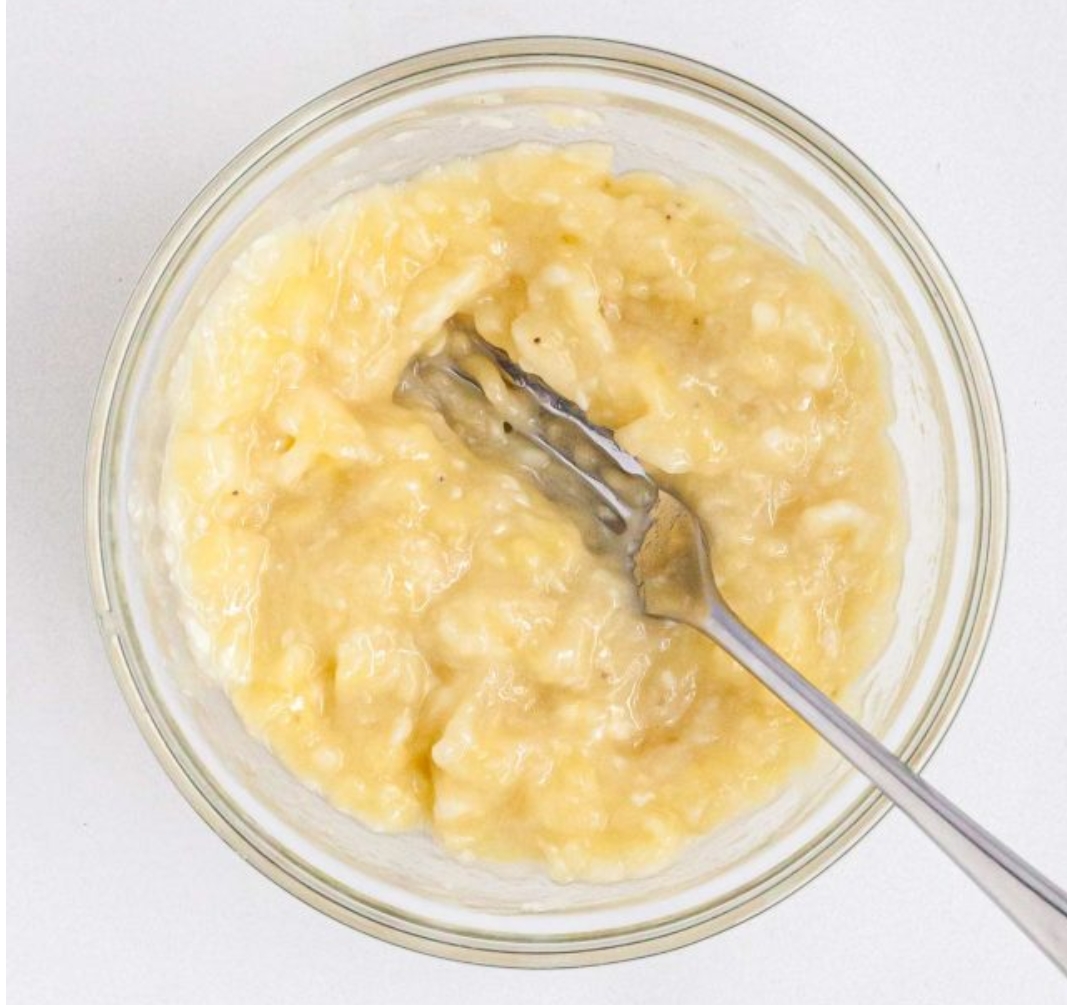
5. PANEER (COTTAGE CHEESE) / CHENNA / SILKEN TOFU
Use: Binding, moisture, structure
Ratio: 1/4 cup puréed paneer/ chenna/ silken tofu = 1 egg
Best for: Dense baked goods (brownies, cheesecakes)
Note: Doesn’t add lift; can make baked goods heavy if overused

6. VINEGAR + BAKING SODA
Use: Leavening
Ratio: 1 tbsp vinegar + 1 tsp baking soda = 1 egg
Best for: Cakes, cupcakes, pancakes, quick breads
Tip: Use white or apple cider vinegar
Note: Works best when paired with another binder (like flax egg)
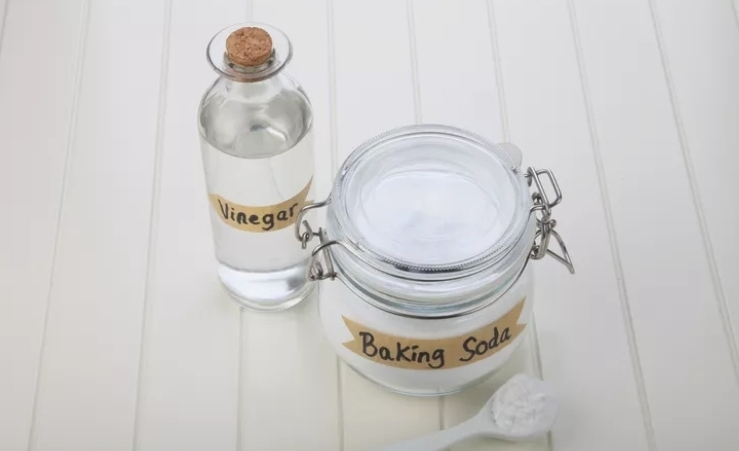
7. YOGURT / HOMEMADE DAHI
Use: Moisture, binding
Ratio: 1/4 cup yogurt = 1 egg
Best for: Cakes, quick breads, muffins, pancakes
Note: Adds richness, tanginess; not ideal for crisp cookies
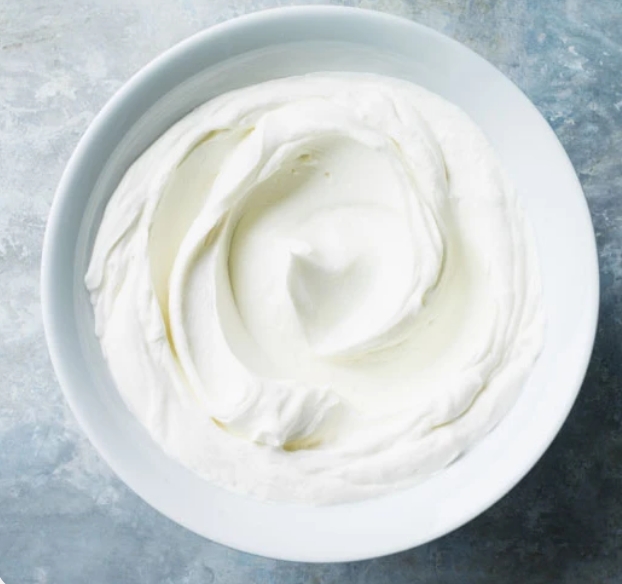
8. BUTTERMILK
Use: Moisture, slight lift
Ratio: 1/4 cup buttermilk or 1/4 cup non-dairy milk + 1 tsp vinegar = 1 egg
Best for: Pancakes, muffins, soft cakes
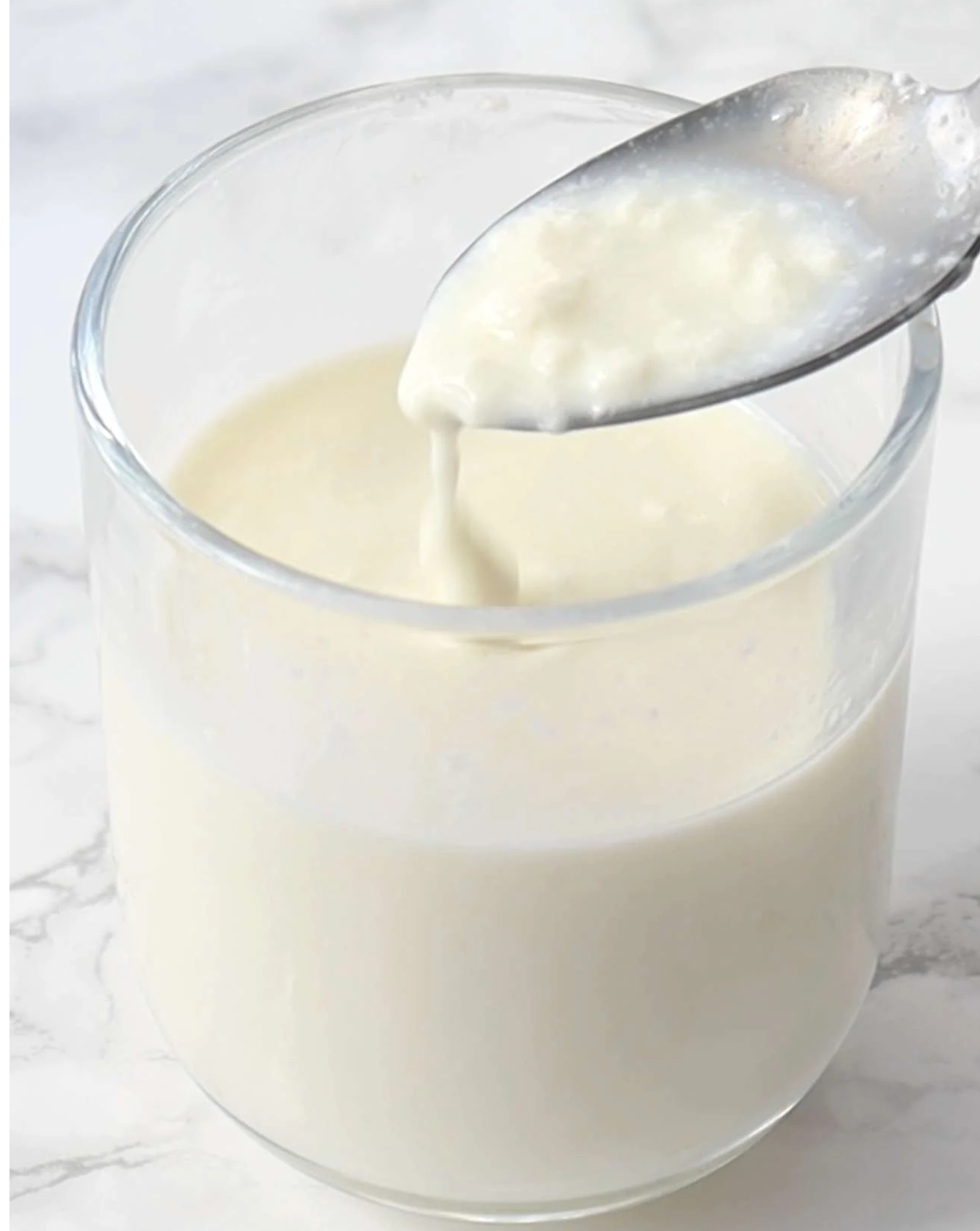
9. AQUAFABA
Use: Binding, leavening, emulsifying
Ratio: 3 tbsp aquafaba = 1 egg | 2 tbsp = 1 egg white
Best for: Meringues, macarons, mousses, light cakes
Note: Whips like egg whites; neutral flavor when baked

10. CONDENSED MILK
- Use: Binding, moisture, emulsification
- Ratio: 1/4 cup sweetened condensed milk = 1 egg
- Best for: Brownies, cookies, cakes, cheesecakes
- Note: Reduce sugar and liquids in recipes using condensed milk
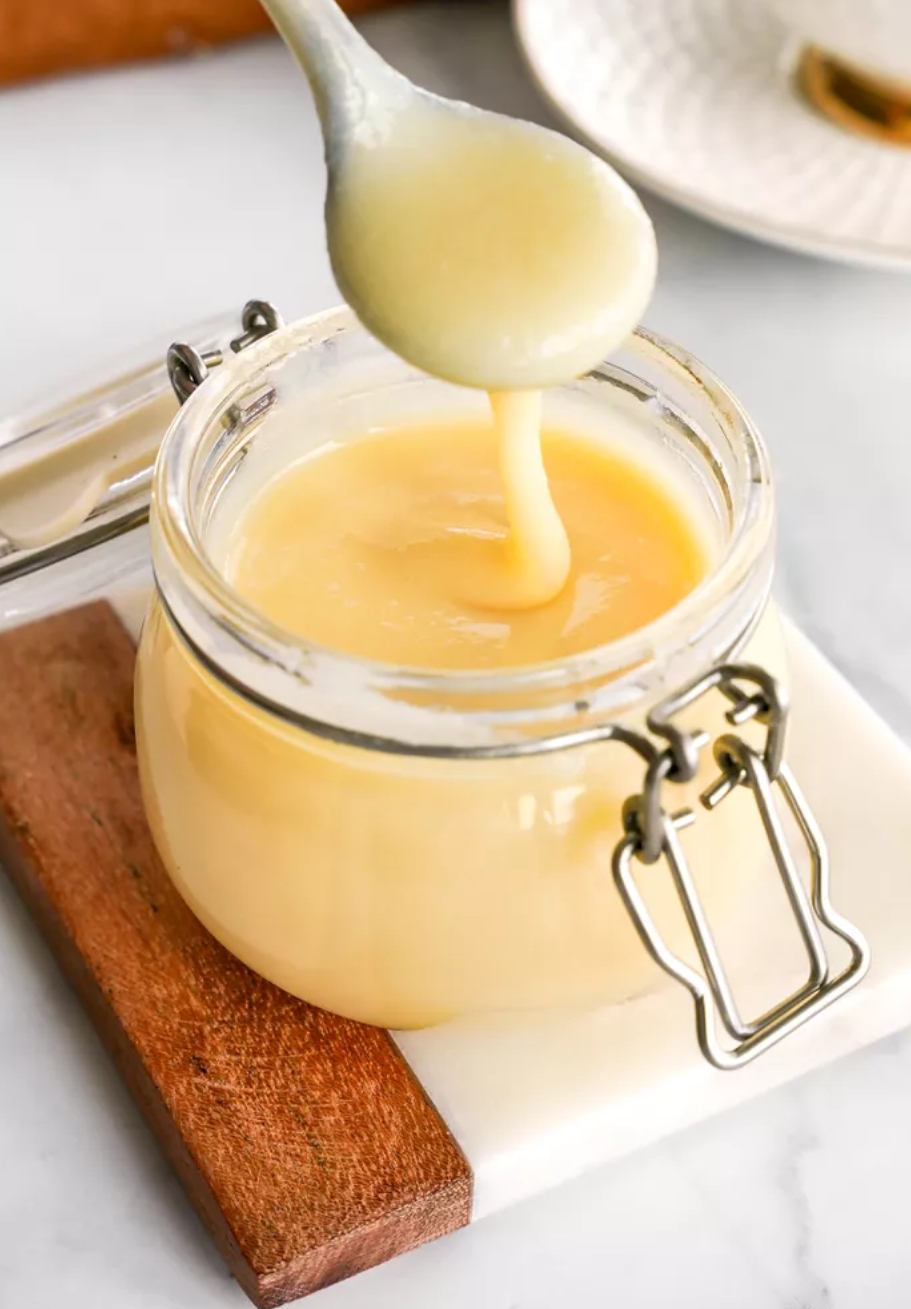
I hope this article helped you work through what all types of egg replacers you can use while making desserts and not feel stuck the next time you don’t have access to eggs. Keep baking and don’t forget to share your images with me on my Instagram @shivesh17

 Hello. I'm Shivesh Bhatia, a food blogger and food stylist from Delhi, India. Welcome to Bake With Shivesh, where I'll help you create magic in your kitchens with my simple recipes.
Hello. I'm Shivesh Bhatia, a food blogger and food stylist from Delhi, India. Welcome to Bake With Shivesh, where I'll help you create magic in your kitchens with my simple recipes.
Leave a Reply